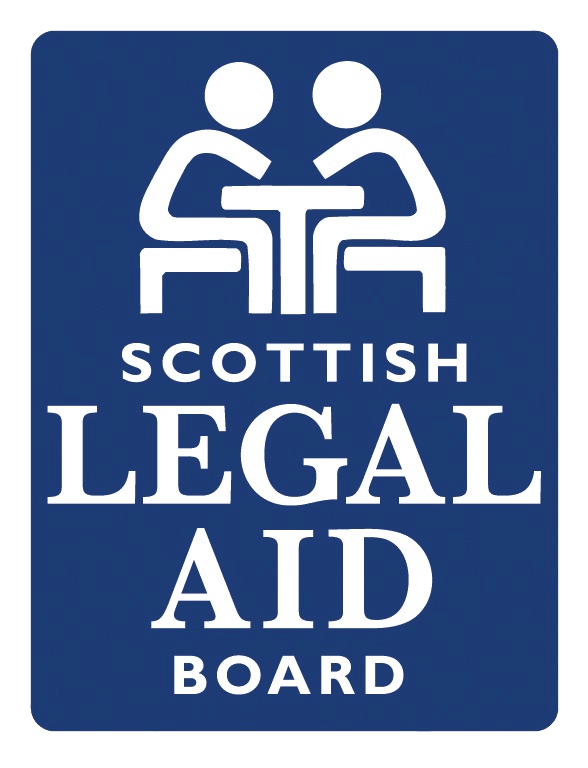Mr Francis Mooney, was convicted of purchasing an illegal firearm in Glasgow under the Firearms Act 1968.
The defence make a submission of no case to answer at the initial trial based on the lack of evident to identify him as the accused. However, the sheriff repelled this submission.
The charged related to an incident at Dunn Street in Glasgow on the 24th September 2001. On this date, the appellant was seen my plainclothes officers purchasing firearms when he did not possess a valid firearm certificate.
One of the officers, Constable Dinnen, identified the accused. There was further evidence of CCTV footage that was of a low quality. This ID was not challenged in cross examination and another officer was not asked to corroborated the ID. It was submitted that the evidence was insufficient to corroborate Constable Dinnen’s identification of the appellant, as it did not identify the appellant as the perpetrator. Further, the trial judge misdirected the jury when she directed them that the CCTV could also corroborate Constable Dinnen’s evidence.
Lord Doherty, delivering the opinion of the court, said of the first ground of appeal: “We are mindful that in assessing sufficiency and whether evidence is capable of affording corroboration the correct approach is to take the evidence at its highest, and for circumstantial evidence to be interpreted in the way most favourable to the Crown; and that where a witness makes a clear and unequivocal identification little is needed to corroborate that evidence.”
He concluded: “The footage showed that the man wearing a gilet and cap who spoke on his phone and sat on the rail was the man who took the bag, and that the driver of the first police car was the person who took him to the ground. The combined effect of Constable Paterson’s evidence and the footage was capable of providing support for, or confirmation of, and it fitted with, Constable Dinnen’s identification evidence.”
The appeal against conviction was therefore refused.


